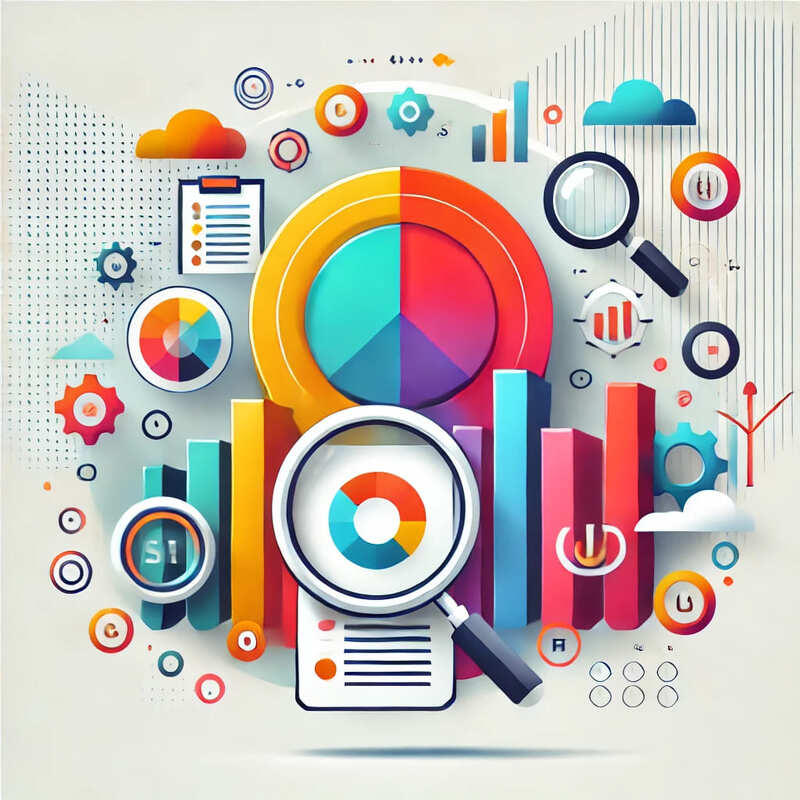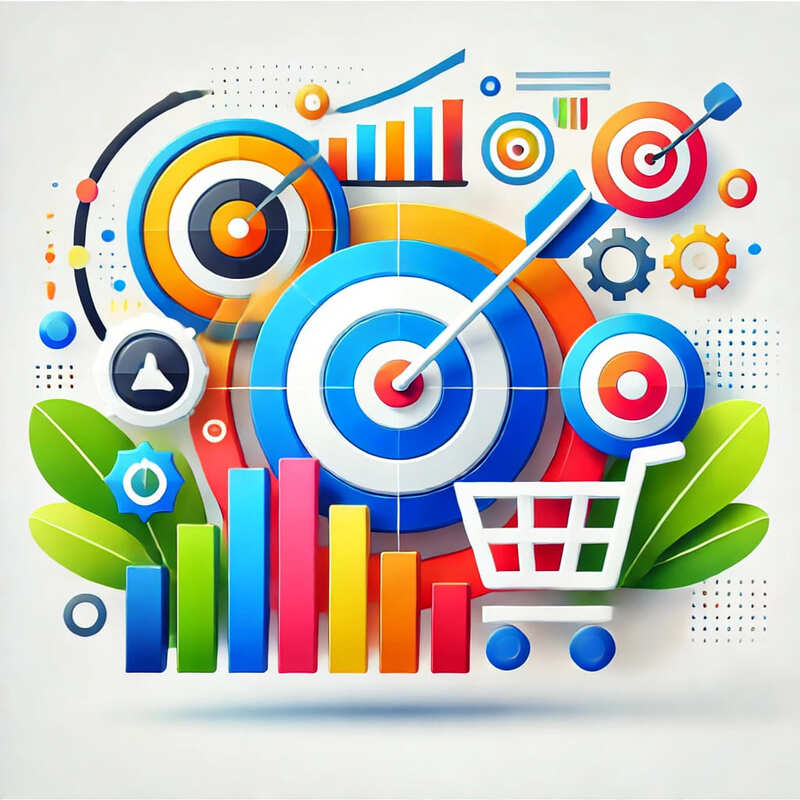Introduction
In the digital marketing landscape, data is king. Analytics and reporting are the backbone of any successful marketing strategy, providing the insights needed to make data-driven decisions. This article aims to offer a comprehensive understanding of analytics and reporting, from basic metrics to advanced techniques, tools, and best practices.
The Importance of Analytics and Reporting
Analytics and reporting offer a way to measure the effectiveness of your marketing campaigns, understand your audience, and optimize for better results. They help you answer crucial questions like:
- What is the ROI of a particular campaign?
- Which channels are most effective for customer acquisition?
- What is the customer’s journey through the sales funnel?
Core Components of Analytics and Reporting
Key Performance Indicators (KPIs)
- Traffic and Engagement: Measures the number of visitors and their behavior on your site.
- Conversion Rate: The percentage of visitors who take a desired action.
- Customer Lifetime Value (CLV): The total value a customer contributes over their entire lifecycle.
Data Sources
- Website Analytics: Google Analytics, Adobe Analytics, etc.
- Social Media Analytics: Platform-specific analytics like Facebook Insights, Twitter Analytics, etc.
- Email Analytics: Open rates, click-through rates, and conversion rates from email campaigns.
Types of Analytics
- Descriptive Analytics: What has happened?
- Diagnostic Analytics: Why did it happen?
- Predictive Analytics: What is likely to happen in the future?
- Prescriptive Analytics: What actions should be taken?
Advanced Techniques
- Attribution Modeling: Understanding the customer journey and attributing value to each touchpoint.
- A/B Testing: Experimenting with different variables to determine what strategies yield the best results.
- Data Segmentation: Breaking down data into various segments for more in-depth analysis.
- Heatmaps and Session Recordings: Visual representations of where users click, scroll, and how they navigate through your site.
Analytics Tools and Platforms
- Google Analytics: Comprehensive web analytics service.
- Tableau: Data visualization and business intelligence software.
- HubSpot: Offers both CRM and analytics services.
- SEMrush: SEO and website analytics.
Reporting Best Practices
- Regular Monitoring: Set up a schedule for regular monitoring and reporting.
- Custom Dashboards: Create custom dashboards for different stakeholders.
- Data Integrity: Ensure the data is accurate and consistent.
- Actionable Insights: Reports should lead to actionable insights, not just data dumps.
Real-World Use Cases
- Netflix: How data analytics is used to recommend shows and retain customers.
- Airbnb: The role of analytics in optimizing property listings and pricing.
Regulatory Compliance
- GDPR: Understanding the implications of data protection laws on analytics.
- CCPA: How to be compliant with California’s data protection laws.
Conclusion
Analytics and reporting are not just about collecting data but about making sense of it. This module has equipped you with the knowledge and tools you need to leverage analytics effectively, ensuring that your marketing strategies are data-driven, optimized, and yield the highest ROI.



